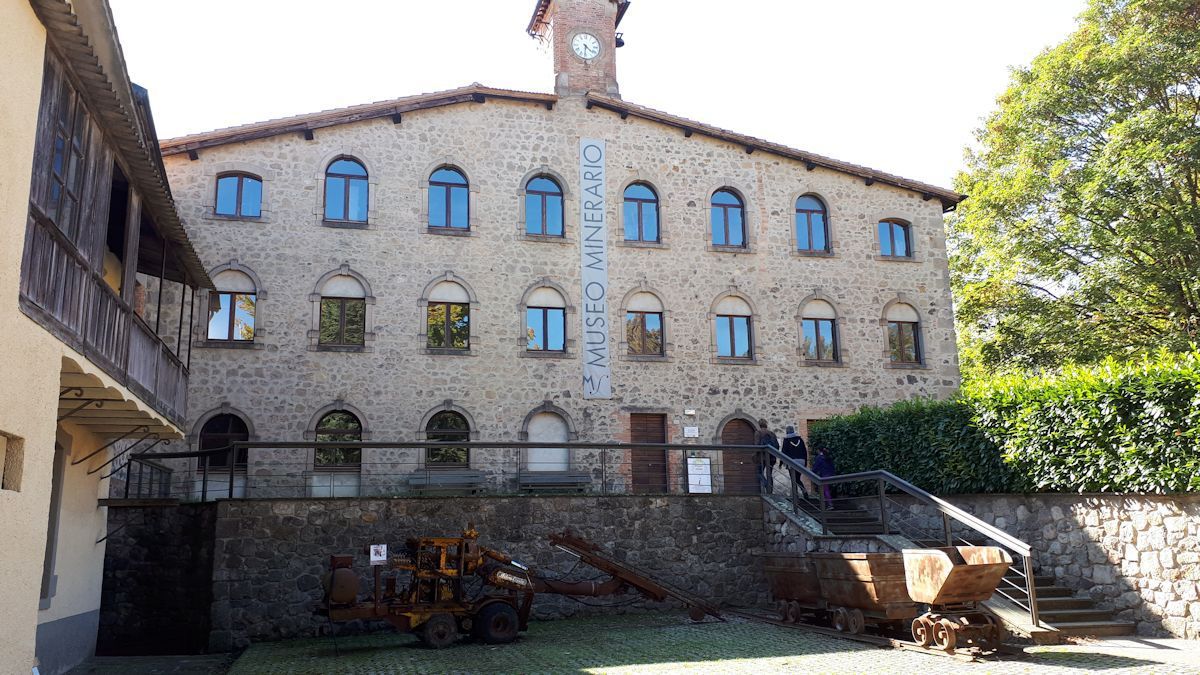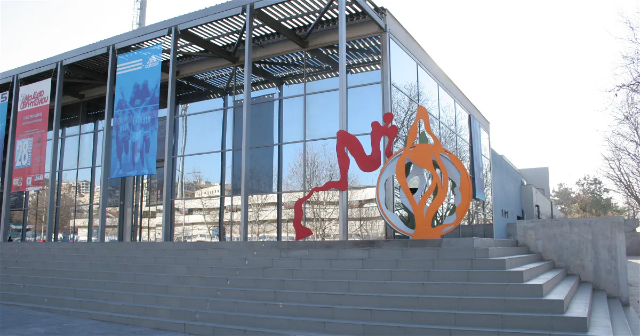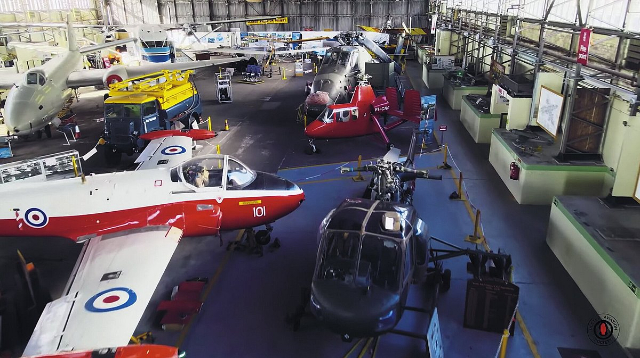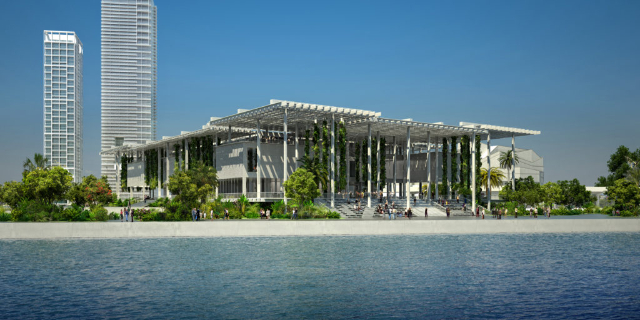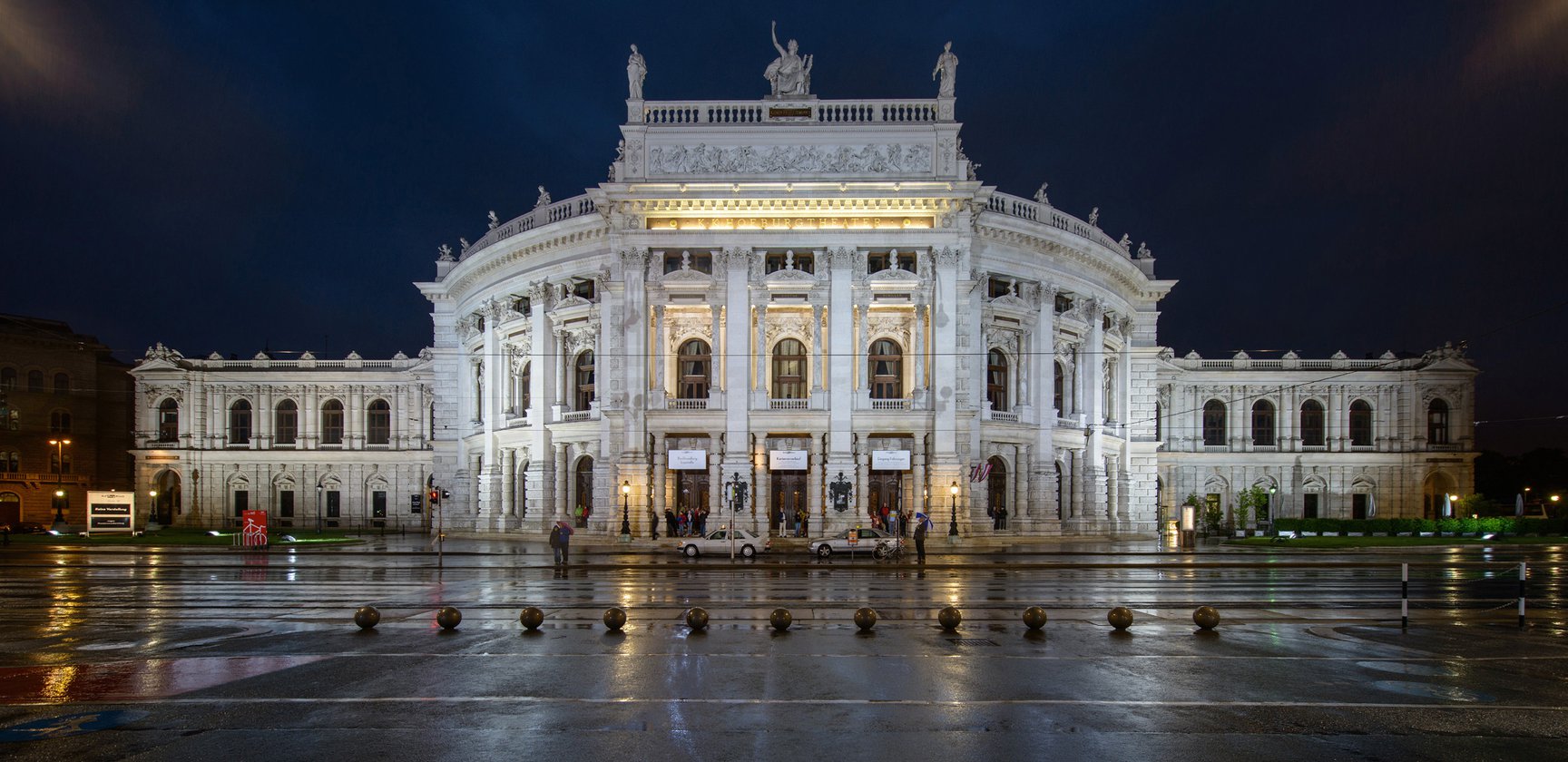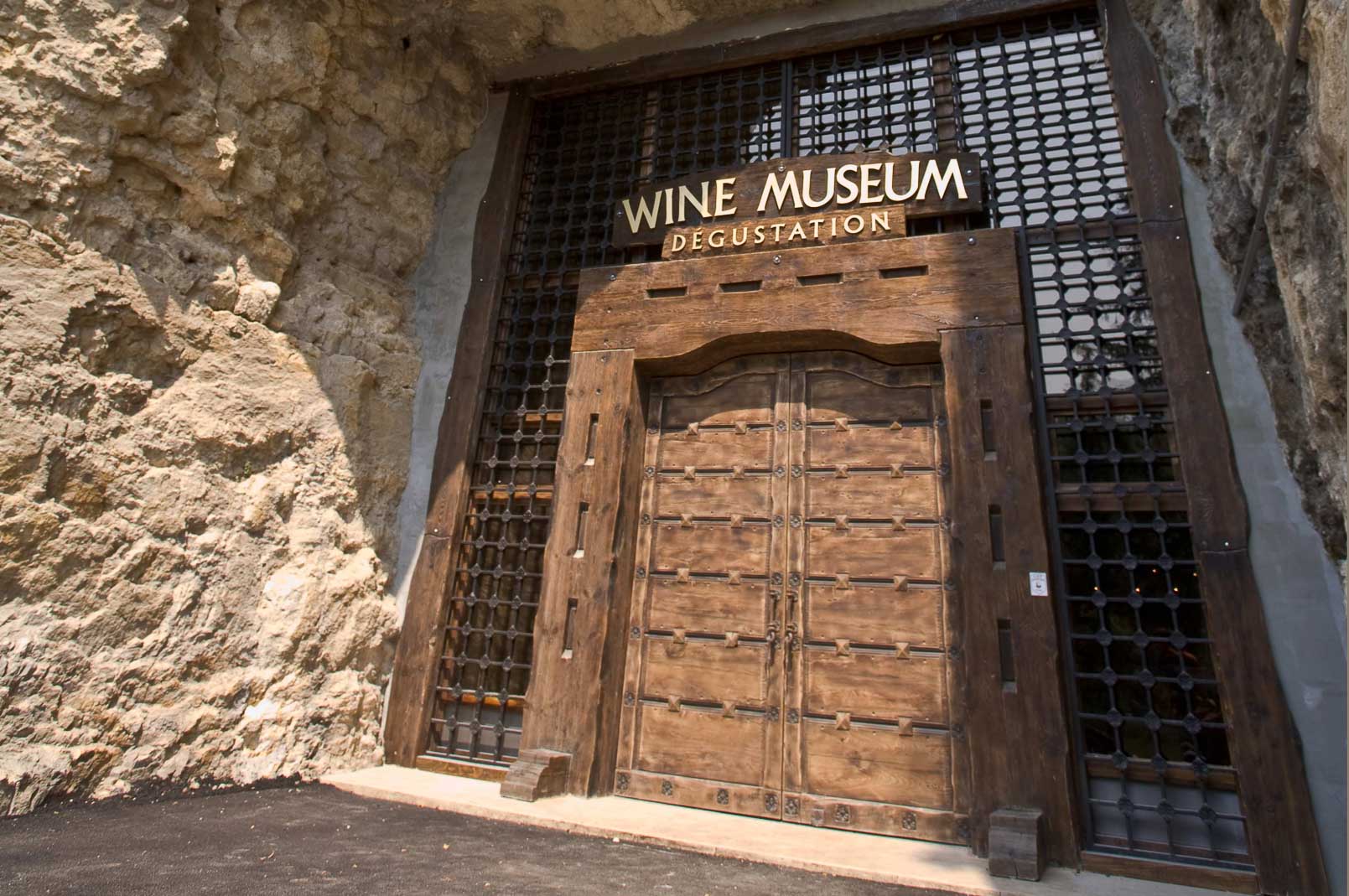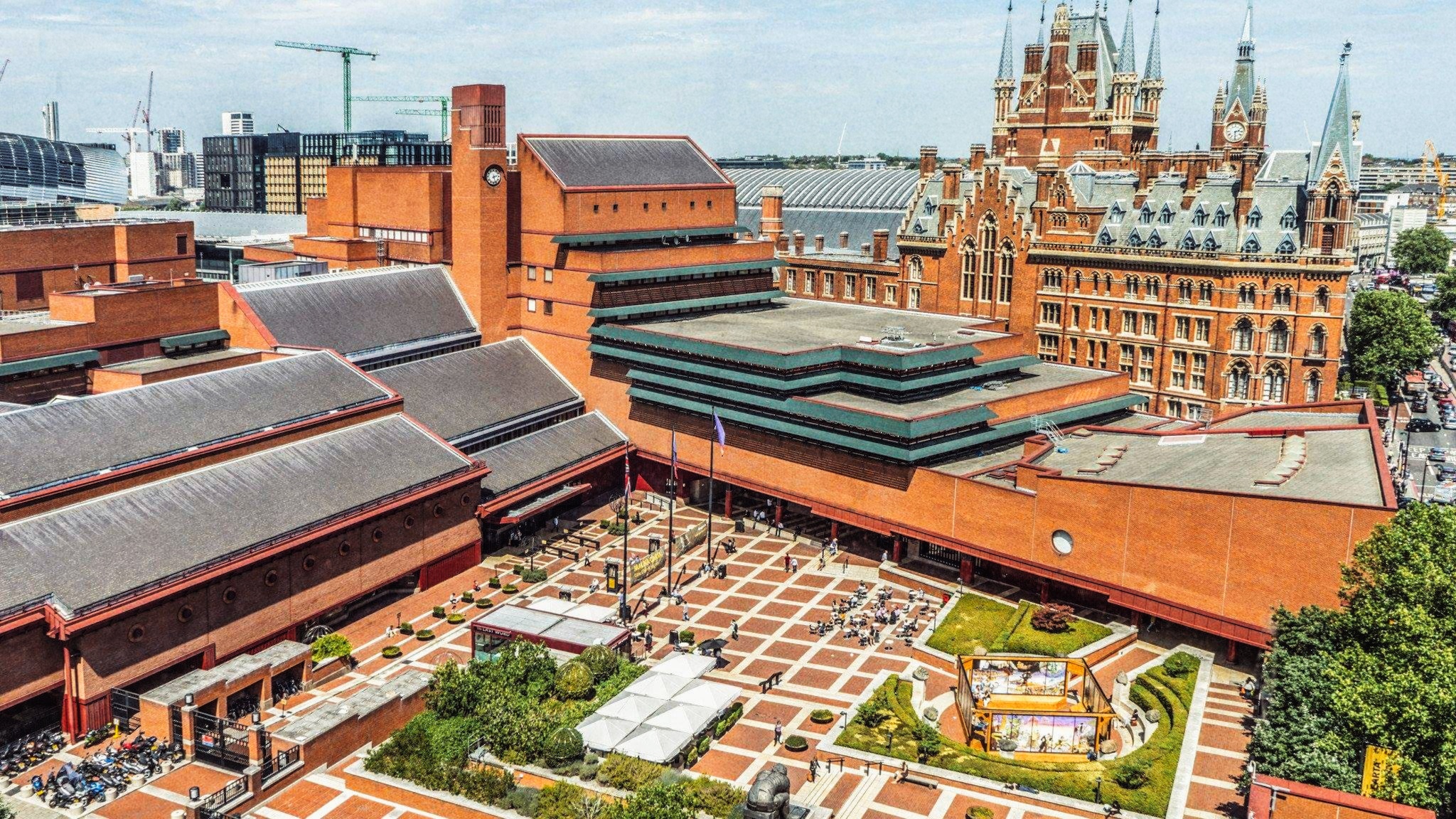In Abbadia San Salvatore in Piazzale R. Rossano
A journey through the fascinating, sometimes mysterious history of mercury and its mineral, cinnabar, and through the vicissitudes of people, villages and mountains that this mineral has experienced and that from the distillation of this metal have gained prosperity, development, but also suffering dramas and sacrifices. The Mining Museum of Abbadia San Salvatore was born from the desire to deepen and make known, one of the events related to the development and evolution of mercury mines in the area of Mount Amiata; the historical and cultural value of this heritage must be preserved and consequently be highlighted.
A journey through the vicissitudes of people who have consumed their health, their youth, their lives in the mine, through urban centres and villages that have changed their face, their way of being, communities that have begun to pulsate with life, according to models of behaviour, mentality never known before. Above all through the history of the mine which, reconnecting to an ancient custom of living with cinnabar and mercury, has formed the bridge to modernity, with all the pomp and infamy that this word evokes when it became an industry.
Much remains to be documented and studied; but the premises are positive above all because, in addition to the restoration of buildings, the recovery of some areas, another operation of extraordinary importance has been started with courage, timeliness and foresight: the rescue and enhancement of a substantial archival heritage whose most likely destiny would be the dispersion and destruction. It is necessary to bring out the specific, unique and exceptional characteristics of the past of the Amiata mines and the features that they have in common with other Italian and foreign realities within the phenomenon of industrial civilization, which is a fundamental part of the history of Europe and the whole world.
